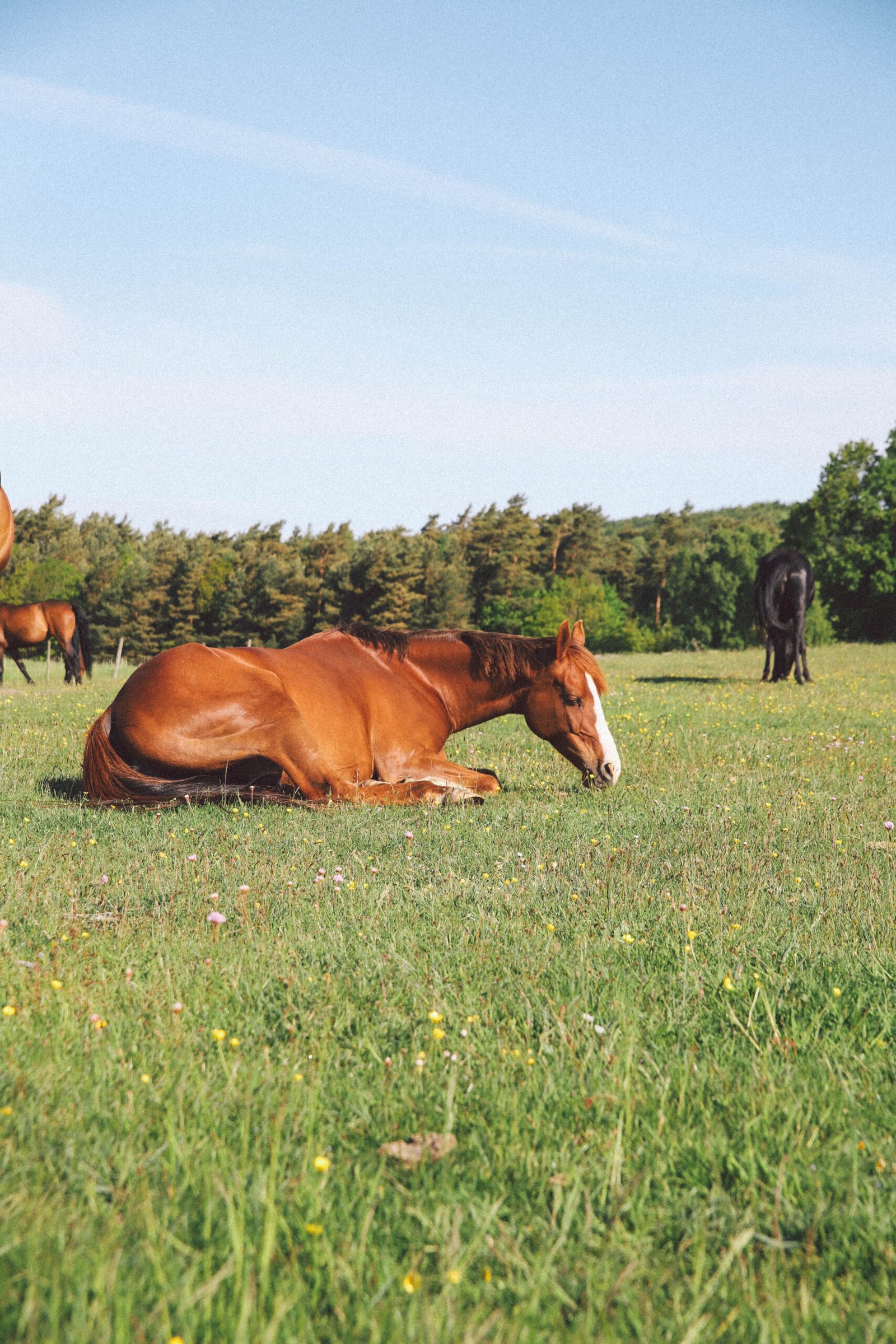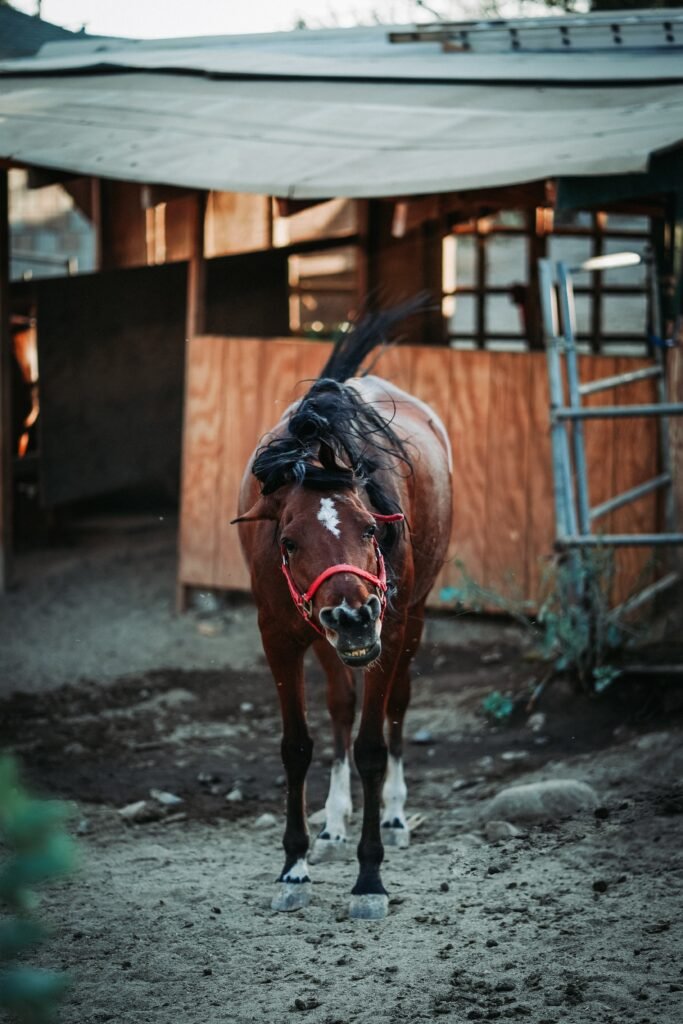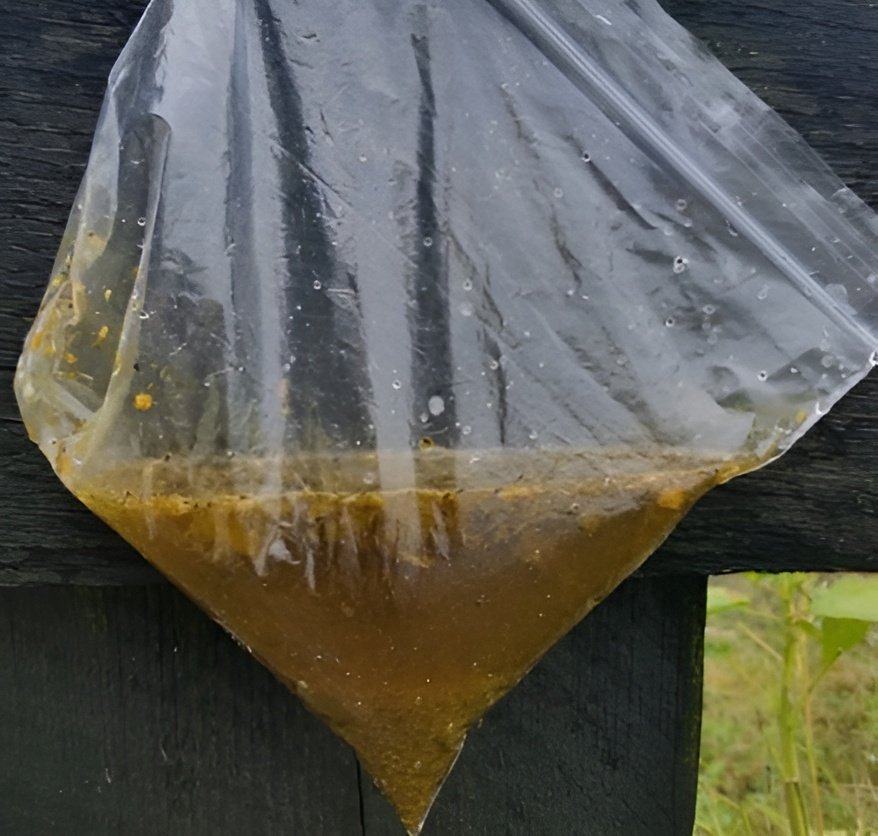Faecal Sand Testing

SAND COLIC IN HORSES
Sand is a frequent contributor to colic in horses in specific regions. As horses graze, they may inadvertently consume sand, which can gradually accumulate in the colon. This accumulation can irritate the intestinal lining and, in larger amounts, lead to gut impaction, which can be life-threatening if not addressed promptly. Horses suffering from sand colic often experience mild colic episodes intermittently over several weeks or months before progressing to a more serious situation. It is essential to contact your veterinarian if you suspect your horse is experiencing colic.

TYPICAL SIGNS OF COLIC
Subtle signs of depression and loss of appetite Exhibiting behaviors such as pawing, rolling, watching their flanks, frequently getting up and down, standing as if to urinate, or thrashing about. Horses experiencing sand colic may also have shown signs of diarrhea prior to the appearance of these symptoms.
SAND TESTING
Horses that experience sand colic often have a background of grazing on sandy terrain, overgrazing in paddocks, or being fed in a confined area. For horses in these high-risk groups, it is advisable to collect fecal samples periodically throughout the year to evaluate sand accumulation in the digestive system.
This assessment involves mixing the manure with water and examining the quantity of sediment that accumulates at the bottom of the sample after sitting overnight.

RESULTS
The test outcomes from Westgate are presented as a percentage, providing a quantitative assessment of the sand levels detected.
While the presence of sand in feces is generally undesirable, some healthy horses may tolerate small amounts without adverse effects. Establishing benchmarks and correlating results with specific diseases can be challenging.
For instance, our horses, which have been exposed to track systems and grazing on bare sandy soil, have shown sand levels around 5-8%, a situation that is not unusual. Although they exhibited no symptoms, we opted for treatment and subsequent testing to evaluate the effectiveness, as our goal is to achieve lower levels. Sand accumulation typically occurs gradually, so regular testing every few months, along with treatment as necessary, can provide reassurance.
Therefore, any positive test results should be discussed with your veterinarian on an individual basis.
Together, you can assess whether additional symptoms, such as diarrhea or colic, are present and develop a suitable management or treatment plan. Due to variations in gut movement, there is a possibility of obtaining a false negative result, indicating no sand in the feces of horses that may still have a sand burden. To address this, we provide two testing kits; if the first sample shows no sand, a second sample should be taken a few days later. If sand is found in the initial test, the second sample can be used to reassess the horse after implementing management changes.
Additionally, abdominal ultrasounds and X-rays can be employed to identify sand in the gastrointestinal tract, although X-rays may pose challenges in larger horses and necessitate the use of a powerful machine.
TREATMENT
Feeding hayConservative treatment tends to be effective when initiated promptly.
Horses are administered oral laxatives, such as psyllium, which may be combined with magnesium sulfate (Epsom salts). Psyllium is thought to enhance gut motility and aggregate sand, facilitating its passage.
In cases of active colic, your veterinarian may also prescribe anti-spasmodics and analgesics to ensure your horse’s comfort.
Sand can harm the gut lining, leading to increased permeability and allowing toxins to enter the bloodstream. Consequently, your veterinarian may recommend a course of antibiotics for your horse. If medical treatment proves ineffective, surgical intervention may be necessary.
PREVENTION
To effectively manage horses, it is crucial to focus on preventing the occurrence of sand colic, particularly in areas with sandy soil:
Avoid feeding horses directly from the ground. Instead, use large, high-sided containers placed on rubber matting to prevent horses from ingesting sand while foraging for dropped feed.
Additionally, hay should be offered in nets, also positioned over rubber matting. Prevent overgrazing in pastures. Horses are more prone to ingesting sand when the grass is short or sparse, as this compels them to graze closer to the ground.
Administer psyllium to horses at high risk. Various commercial products are available for this purpose, or you can use the herb directly—either 250g once daily for one week each month or 250g once a week.
Refrain from daily treatment, as this can disrupt gut flora, reduce nutrient absorption from feed, and become less effective over time due to the body adapting to it. While not every horse in sandy areas requires preventive psyllium treatment, it may benefit those experiencing intermittent mild colic and exhibiting high sand levels in fecal float tests.
Ensure access to a salt block. A deficiency in salt may lead horses to consume soil.
Provide ad-lib hay as part of the diet. A forage-rich diet can help eliminate any sand that may have been ingested.
A recent study conducted at the University of Florida evaluated four methods for removing sand from the gastrointestinal tract of horses:
1. Hay provided at 1.5% of body weight,
2. Hay provided at 2.5% of body weight,
3. Hay at 1.5% of body weight combined with a single daily dose of psyllium, and
4. Hay at 1.5% of body weight with psyllium administered twice daily.
The findings indicated that the most effective method for clearing sand involved feeding hay at 2.5% of body weight.
